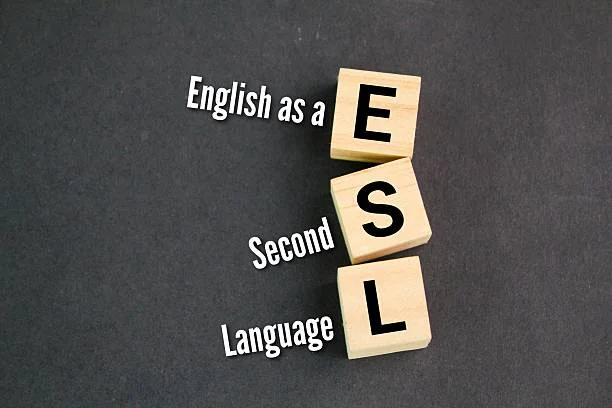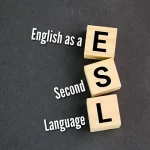There are approximately 375 million learners who use English daily, and 1.5 billion are learning English worldwide. Classrooms are becoming increasingly diverse, and teachers are encountering more learners who are using English as a Second Language (ESL).
For the individual, they must learn a new vocabulary, understand grammar and punctuation, and immerse themselves into this new culture. Is it really asking much for teachers to have an understanding and help ESL learners thrive? We will explain some key strategies every educator should know to support ESL students effectively.
Build a welcoming environment
There are many reasons why a classroom environment should feel inclusive and for ESL learners, this definitely requires some thought. Learners whose first language is not English need to feel welcomed and safe within the class.
Here are some ideas:
· Learn and correctly pronounce learner’s names.
· Incorporate international topics into the curriculum.
· Establish routines so that school is consistency for all learners.
· Use visual aids to reduce anxiety and support comprehension.
Dive into this related post and discover content that expands your perspective today.
Use clear, understandable language
If you are using words that are complicated for an English speaker to understand, you have no chance of an ESL learner being able to comprehend what is being said. Here are some techniques for teaching:
· Break lessons down into smaller parts so that all learners find this manageable.
· Slow down speech and keep words basic.
· Check in with all learners from time to time to ensure that they understand what is being said.
· Avoid idioms unless you are teaching learners the point to them.
Don’t just teach by talking
ESL learners and many other learners benefit from learning through other senses such as visual, touch, smell and taste.
Have you ever been in a cookery class and rather than sitting and writing down examples of health and safety, you have actually baked and used these principles in the school kitchen? Using a memorable learning experience and a making it real-life can be of benefit for most students.
Vocabulary
Vocabulary is hard for ESL learners to grasp. Providing the learner with key words prior to a lesson can help them get on better when the actual lesson happens. Also, using visuals and gestures can be a great idea. Learners could also keep a vocabulary journal to help them revise these words in their own time.
Provide Structured Opportunities for Speaking and Listening
Some learners are hesitant to speak in front of other people as they fear they may make a mistake. Teachers need to be aware of this and create speaking opportunities for each learner. Some ideas on how to do so are as follows:
· Small group discussions which can be less intimidating than the whole class.
· Conversation prompts which reduce the pressure and support confidence.
· Listening activities using audiobooks and podcasts can help each learner to learn accents and speech patterns.
Incorporate the learner’s home language
Providing resources in multiple languages, when possible, can help learners accelerate. Instead of viewing multilingualism as a barrier, teachers can embrace the learner’s first language. Displaying bilingual labels or word walls in the classroom can be effective.
Learn Now have championed a report that states: when teachers can create an inclusive learning environment, it not only empowers learners, but they will also flourish academically and socially. Teachers can help build healthy relationships between English speaking learners and ESL learners. It just requires some homework on the teachers part and for them to want the learner to do well.
Keep your curiosity alive—explore more content crafted to enlighten and engage you.







